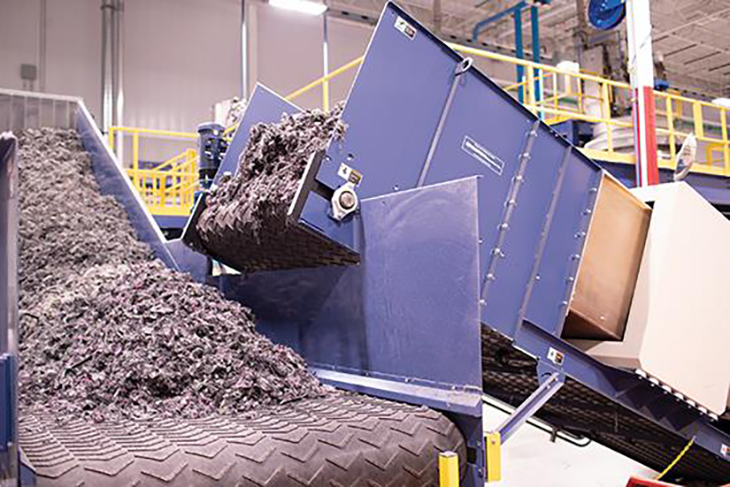
A group of chemists at Northwestern University has successfully engineered an economical and environmentally benign catalyst capable of efficiently deconstructing the intricate plastic polymers found in fishing nets. This breakthrough holds the promise of a viable method to definitively eliminate sources of ocean pollution arising from discarded fishing gear within the next few years.
The primary challenge associated with Nylon-6, the plastic prevalent in fishing nets, industrial carpets, and clothing, lies in its inherent strength and durability, rendering it resistant to natural degradation processes. The innovative catalyst developed by the research team offers a solution to this issue by rapidly, cleanly, and nearly completely breaking down Nylon-6 within minutes, all while avoiding the generation of harmful byproducts.
What sets this catalyst apart is its ability to achieve these results without the need for toxic solvents, expensive materials, or extreme conditions. Its practicality for everyday applications positions it as a promising tool in the ongoing efforts to address plastic pollution, particularly in the marine environment. The development marks a significant step toward the realization of a sustainable and efficient method for eliminating the environmental impact of discarded fishing nets.
“Plastic is a part of our society; we use so much of it,” said Professor Tobin Marks, the study senior author. “But the problem is: what do we do when we’re finished with it? Ideally, we wouldn’t burn it or put it into landfills. We would recycle it.”
Every year, up to one million pounds (453,000 kilograms) of fishing gear are left abandoned in the ocean. According to the World Wildlife Federation, fishing nets made of Nylon-6 constitute at least 44% of the infamous Great Pacific Garbage Patch.
While various laboratories have investigated catalysts to break down Nylon-6, these catalysts typically demand extreme conditions, such as temperatures surpassing 500°F, high-pressure steam, or the use of toxic solvents. Unfortunately, these requirements only contribute to further pollution.
“You can dissolve plastics in acid, but then you are left with dirty water. What do you do with that?” Professor Marks said when he spoke to the university press.
Marks proposed employing a newly developed catalyst from his existing laboratory inventory, leveraging yttrium, a cost-effective and readily available metal on Earth, along with lanthanide ions.
Upon subjecting Nylon-6 samples to elevated melting temperatures and introducing the catalyst without a solvent, the plastic disintegrated, reverting 99% to its initial building blocks without producing any byproducts.
“You can think of a polymer like a necklace or a string of pearls. In this analogy, each pearl is a monomer. These monomers are the building blocks,” he explained. “We devised a way to break down the necklace but recover those pearls.”
Marks stated that there are tangible benefits associated with this approach. He highlights that the catalyst exhibits a selective reaction with Nylon-6, even when coexisting with other polymers. This eliminates the requirement for employing manual labor or investing in costly robotic sorting machines to segregate Nylon-6 in municipal waste streams.
Following the submission of a patent for this innovative process, Marks and his team have garnered interest from potential industrial collaborators. They aspire for the widespread application of their catalysts to contribute significantly to addressing the global plastic issue.
What are your thoughts? Please comment below and share this news!
True Activist / Report a typo


